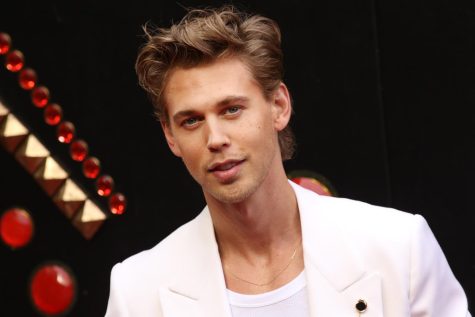The exponential rise of biopics in Hollywood in recent decades is not entirely new, as the history of the genre runs deep to the very beginning of the movie industry. A Biographical picture, as defined by George F. Custer in his 1992 book, “Bio/Pics: How Hollywood Constructed Public History,” is “minimally composed of the life, or the portion of a life, of a real person whose real name is used.” By that measure, the director is given complete creative freedom over a depiction of one’s life which is bound to turn a trend into a threat to the industry.
“Joan of Arc” (1900), “Edgar Allen Poe” (1909), and “The life and death of Pushkin” (1910) are the notable pioneers of the usual format: The protagonist is first shown as a child, and how they navigate problematic relationships with their parents or environment. As they grow up, we see their struggles, often with messy relationships and, in almost all musician biopic cases, substance abuse. Finally, the movie usually ends with a hopeful message or tragic death. This predictable outline is what drives most people away from new releases. Although every movie features a different person, the repetition of the actions of all famous people tends to bore the watcher and desensitizes all of them as a collective. In the 2018 Golden Globe Awards, six out of the ten combined Best Actress nominations went to women playing real-life figures (alive or dead), ranging from Judi Dench as Queen Victoria in “Victoria and Abdul,” to Margot Robbie’s acclaimed role in “I, Tonya.”

As the problematic lives of famous people are crafted into large projects, there is still a bigger cloud that hovers over the movie industry. These projects receive incredible budgets and are sponsored by big studios and producers, making all releases feel safe and unoriginal. So if this genre is played out and overused, how come producers still think that the audience like biopics? Many recent examples focus on characters who are still alive and funding their project. Madonna, whose career peaked in the 90s, is currently working on depicting her “incredible journey that life has taken me on as an artist, a musician, a dancer- a human being.” Surprisingly, contemporary artists will select dull, high-budget movies over a documentary with first-hand details and interviews from the era to strengthen their cultural relevance. Tim Gray wrote for Variety, “The flood of biopics isn’t surprising. The explosion of reality TV in the 21st century and the growing interest in documentaries indicate the viewing public has a huge appetite for facts in their entertainment.” Although the movie sets up expectations to be factual, the director may choose to go in a completely different direction than the truth at their own discretion.
In an era of nostalgia, it is comforting to engage in entertainment that reminds the audience of when times were good. So for somebody who sees a movie once or twice a year, a grand release about a relevant figure from the past may be the best and most exciting choice. If you make it your goal to watch as many great movies as possible, then the inundated roster of big-name films is understandably your biggest pet peeve. Even then, it is essential to think about the history and context outside the scope of the artistic team and make the right judgments about big people in the spotlight to gain the best understanding of how and why some biographical pictures still haunt the screens.